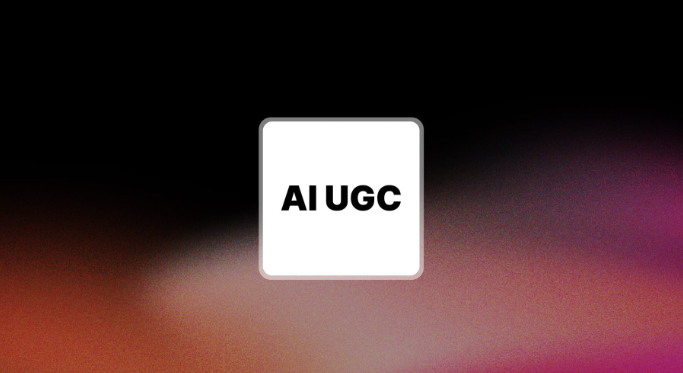User-generated content (UGC) has transformed the landscape of digital media. From YouTube vlogs and TikTok dances to Instagram Reels and Twitch streams, everyday creators have taken center stage in shaping culture, trends, and conversations. But now, a new wave is swelling, AI UGC. As tools powered by AI become increasingly accessible and sophisticated, they’re unlocking new levels of creativity, raising questions and possibilities that challenge our understanding of what it means to be a content creator.
The AI Tool Boom
One of the most noticeable trends in this new era is the explosion of AI-powered tools tailored specifically for video creators. Apps like Tagshop, Runway, Pika, Synthesia, and Lumen5 allow users to generate visuals, edit footage, and even create entire videos with minimal manual input. What once required a full production team — scriptwriting, filming, voiceovers, and editing — can now be accomplished with a few clicks.
AI can now:
- Generate B-roll automatically from a few lines of text.
- Clone voices and faces to create realistic deepfakes or virtual influencers.
- Auto-edit videos based on viewer preferences or platform algorithms.
- Enhance audio and visuals to professional quality, even from low-grade source files.
For solo creators and small brands, this means leveling the playing field. Content that previously demanded high budgets and specialized skills can now be produced quickly and affordably.
Creativity Amplified — or Compromised?
The benefits are obvious: AI reduces barriers to entry, amplifies individual creativity, and increases the volume and quality of content that can be produced. For creators, AI is a partner — an always-available assistant that can fill gaps in knowledge, skills, or time.
But there’s a growing debate: is this actually creativity? Or are we simply curating and tweaking the outputs of machines?
AI doesn’t invent from emotion or lived experience. It learns from data — much of it harvested from human-made content — and recreates patterns. Critics argue that over-reliance on AI risks homogenizing creativity, where content starts to feel too similar, too perfect, or devoid of the human touch that makes it relatable.
Virtual Influencers and AI Personas
Another facet of this shift is the rise of virtual influencers — entirely AI-generated characters that produce content, grow followings, and even partner with brands. Unlike human creators, these personas never age, make mistakes, or need breaks. They’re managed by teams who fine-tune every aspect of their personality and narrative using AI models.
This trend blurs the line between fiction and reality and raises questions around authenticity, trust, and what it means to “connect” with an audience.
Ethics, Authenticity, and the Future
With great power comes great responsibility. AI in UGC raises ethical concerns around deepfakes, misinformation, consent, and creative ownership. Who owns the rights to an AI-generated video that mimics a real person? What are the implications of flooding the internet with synthetic content that’s indistinguishable from real footage?
At the same time, AI also offers new tools for expression — giving a voice to people who may not have had the means or abilities to create before. For example, AI can assist neurodiverse or disabled creators with tasks that would otherwise be barriers.
Conclusion: A New Era, But Not the End
The rise of AI in user-generated content signals a new era of creativity — one that is more inclusive, more efficient, and potentially more collaborative. It’s not the end of human creativity, but rather a transformation of how it’s expressed. The creators who thrive in this new landscape will be those who learn to blend their unique voice with the capabilities of AI, crafting stories that are both innovative and authentic.
As with any tool, the power lies in how we choose to use it. AI isn’t replacing human creativity — it’s redefining its boundaries.

